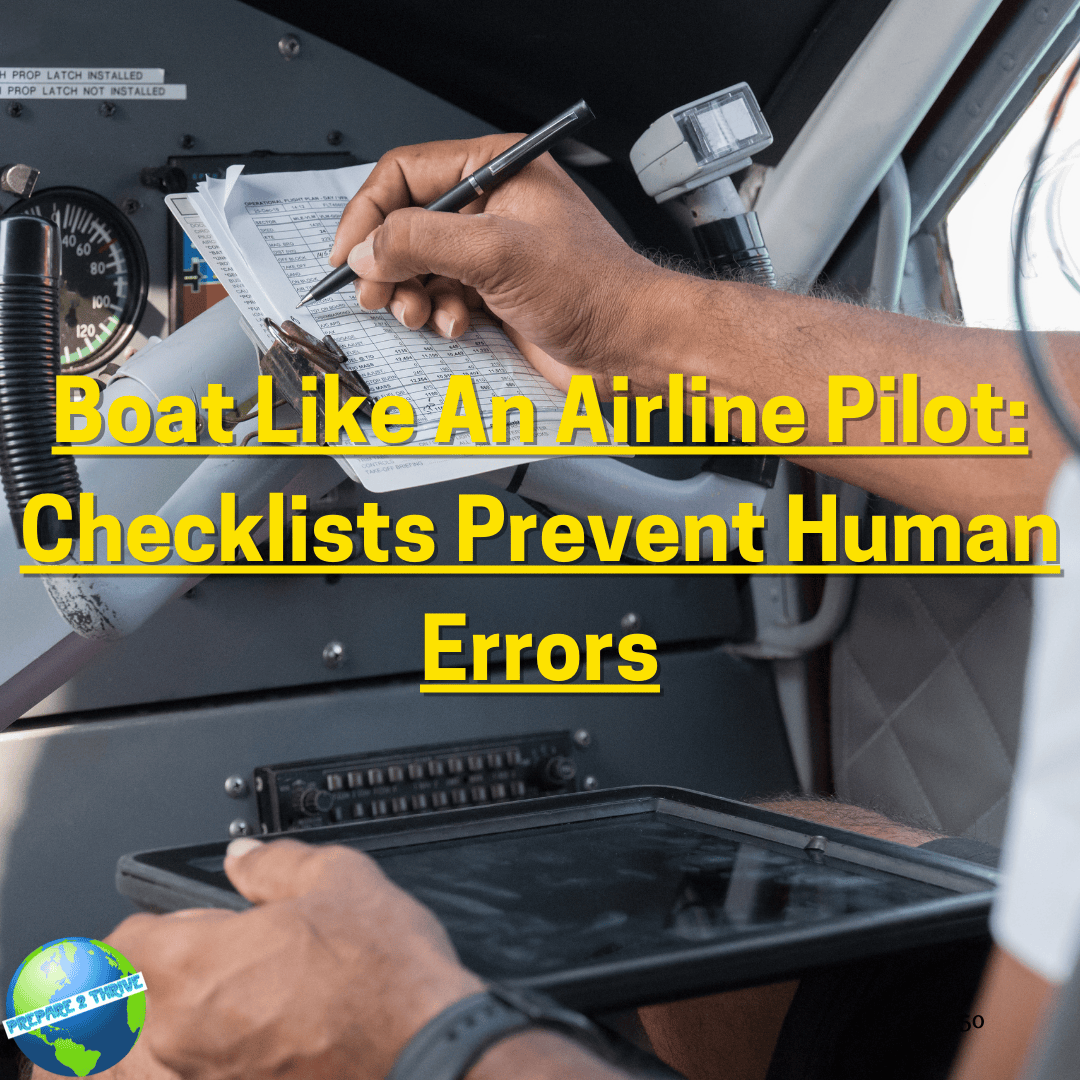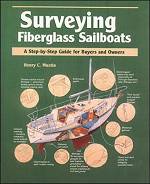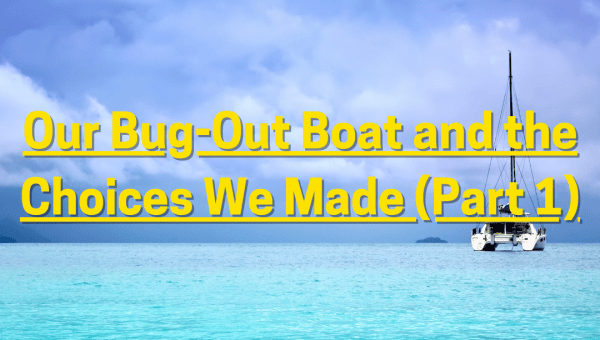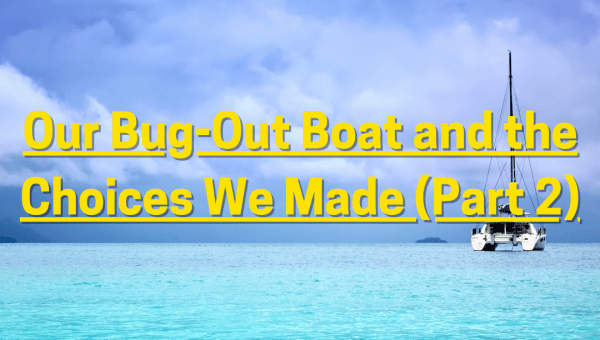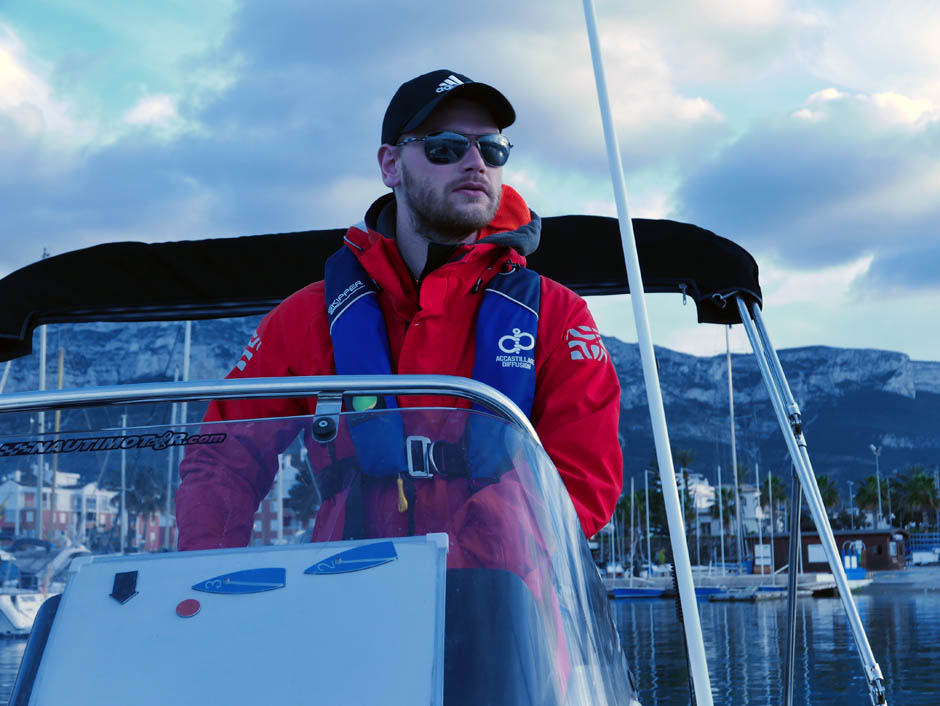 Every hour of every day, many thousands of airline pilots do something that, on the face of it, seems silly. Just before landing, the flying pilot lowers the landing gear, and three bright green lights illuminate. They both see the lights, and then the non-flying pilot asks: “Landing gear down?” The flying pilot must, by law, respond: “Check - three down and green.”
Every hour of every day, many thousands of airline pilots do something that, on the face of it, seems silly. Just before landing, the flying pilot lowers the landing gear, and three bright green lights illuminate. They both see the lights, and then the non-flying pilot asks: “Landing gear down?” The flying pilot must, by law, respond: “Check - three down and green.”
They both know the landing gear is down the second the lights go on, but they still have to ask the question, and they have to hear an answer.
This is not done just for just the landing gear. There is rarely a move a pilot makes that isn’t confirmed by the pilot sitting next to him. Regardless of how many years of experience they have, commercial pilots can hardly flip a switch without confirming it with their (often much junior) partners.
The Federal Aviation Administration (FAA) rules that make it a crime not to do so are not excessive government oversight. It’s that the pilots and the FAA know something most of us find very hard to admit: everyone - even those with long experience doing something - are capable of making mistakes. Everyone is capable of forgetting something. And when forgetting can get people killed, you make a list and check it every time.

